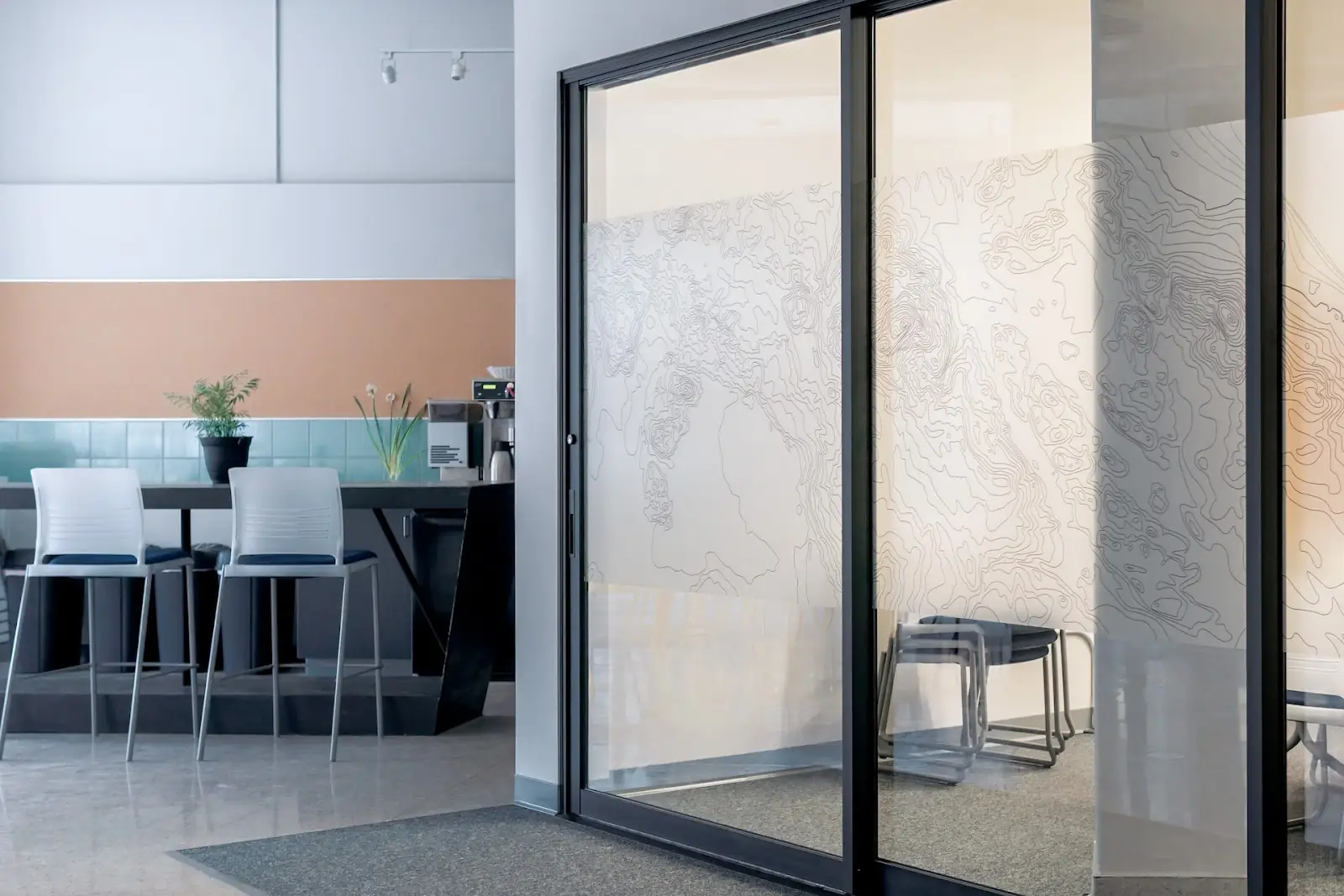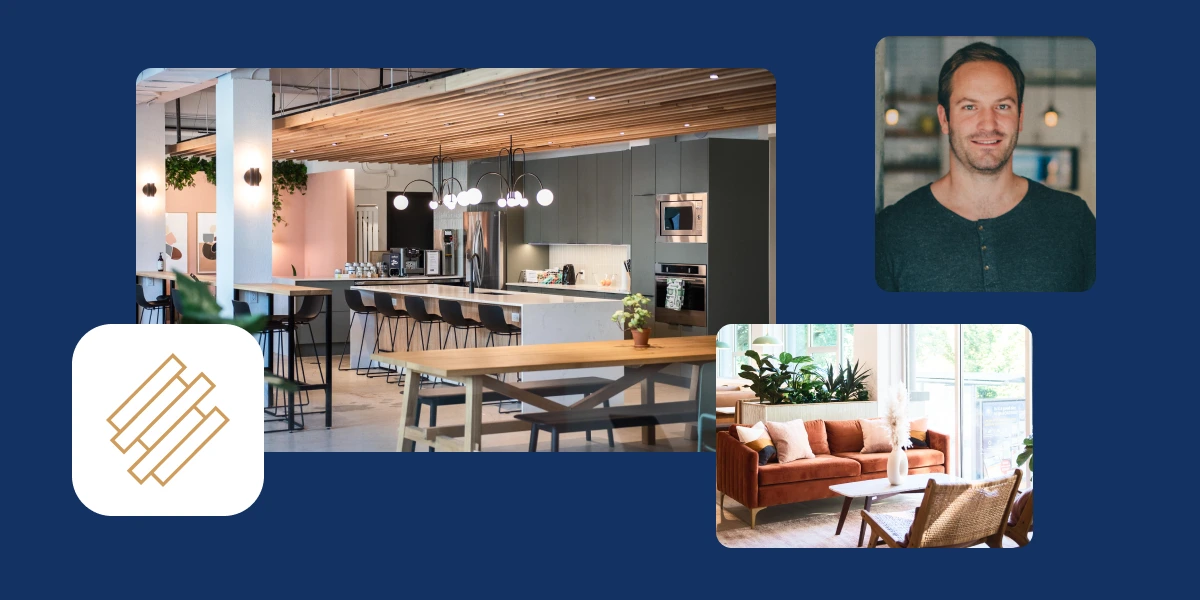
Summary
- Common challenges you may face as a new operator include noise, member retention, security, and limited space
- It’s important to be proactive in addressing these challenges by taking steps now to prevent them from occurring
- This includes having a plan, being intentional about the way you design your space, and properly training your staff
This is a guest blog written by Jolene Bloom, freelance writer and expert in business and leadership.
The number of coworking spaces is steadily increasing across the world. In fact, experts believe that over 10,200 coworking spaces will be established this year alone.
This is primarily due to the rising demand for comfortable workspaces, and it is great news for business owners currently working in the coworking sector.
However, running a coworking space comes with its own set of challenges. Conquering these challenges is a must to ensure you’re hosting a safe and productive space. So, let’s take a look at seven of the common challenges associated with running a coworking space and how to overcome them:
1. Noise

Noise is inevitable in an often open space with multiple people working. After all, coworking is for sharing ideas and knowledge, so conversing is expected. Even so, excess noise can disrupt the productivity of others working in your space.
As much as possible, have separate rooms in your coworking space meant for meetings and conversations. This way, people who need to talk won’t disturb those who want to work in silence. It also helps to install dividers or cubicles so each person or group has a secluded working space. During your next renovation, have sound insulation installed on or in between walls. It’s the most effective way to absorb sound and prevent it from traveling across space.
Lastly, place equipment like printers and copy machines in one area so that their noise (and the people who use them) do not disturb others.
Summary:
- Create separate rooms for meetings
- Install dividers or cubicles
- Add sound insulation on or between walls
- Place loud equipment like printers in one secluded area
2. Discrimination and Harassment
Coworking spaces are open to the public. People from different backgrounds and companies will come together to use the space. Unfortunately, discrimination and harassment between employees are a possibility. Things will get more complicated when the involved parties are from different companies.
Although you’re responsible for handling such instances as the owner, you don’t need to go about it alone. HR managers are the best equipped to deal with such situations thanks to their interpersonal, leadership, and problem-solving skills. They also know their own employees best. Initiating and hosting a dialogue with the HR managers of the parties involved is an ideal way for you to approach these cases.
In cases where the parties lack HR managers because they are self-employed, your space’s community manager is the next best person to involve. After all, they’re responsible for creating a healthy coworking environment by welcoming clients and organizing fun activities.
You can also ask both HR and community managers for advice on how to establish a plan for future incidents. Establishing guidelines or house rules, like escorting insinuators outside or calling local authorities if things escalate, can help you prevent similar events moving forward.
Summary:
- Employ the help of HR managers in dealing with difficult situations
- Get your community manager involved
- Establish house rules to avoid conflict
- Create a plan in case a difficult situation arises
3. Insufficient Equipment

A survey from ratings and reviews platform Clutch revealed that insufficient equipment is among the top five coworking space challenges. Failure to furnish your coworking space with the right tools and equipment will lead clients to look for another space that does.
A sufficient number of outlets is one such thing that people will look for. Aside from installing additional outlets, have extension cords on hand to lend to clients. Additionally, offer equipment for rent such as computer mice, external monitors, and projectors (for meeting rooms). For clients who work long hours, provide backrest cushions that they can borrow.
To end, create a supplies station with notepads, staplers, pens, and other stationery that workers often reach for when in an office. Sufficient equipment in your coworking space displays your dedication to delivering the best working experience for your clients.
Summary:
- Install additional outlets and have extension cords on hand
- Offer equipment for rent including external monitors and projectors
- Provide backrest cushions to borrow
- Create a supplies station with notepads, staplers, pens, and more
4. Retaining Clients
With the number of coworking spaces increasing locally, you’ll have more competition to deal with. This also means that if clients are not satisfied with your service, they can easily choose to move to any other coworking space in your area. As such, it’s important to exceed their expectations and provide far more than just the basic necessities to improve member retention.
One way to start is by ensuring that your internet connection is always stable. Internet routers have regular software updates for better security and performance, so make sure it is always up-to-date. Another is to install a kitchenette or supply unlimited coffee and snacks. More often than not, clients work for long hours. This allows them to get their sustenance within your coworking space, saving them the trouble of going out.
One final tip is to regularly survey clients—perhaps, every other month. Their feedback will provide insight on what else you can improve and implement for their satisfaction. These steps can guarantee that you provide the best service possible to retain your clients.
Summary:
- Ensure a stable internet connection
- Make sure your internet routers are up-to-date
- Install a kitchenette with coffee and snacks on hand
- Regularly survey clients for feedback
5. Lack of Security

Another issue in coworking spaces is ensuring the people who use your facilities are secure — both on- and offline. Installing CCTV cameras and having someone monitor them at all times aids in physical security, as well as giving people personal lockers to store their equipment.
Cybersecurity is a different case. People will most likely connect to the coworking space’s Wi-Fi to do their job correctly. If your wireless network is encryption-free (meaning it does not require any password), hackers can use it to access files and information from people using the network. It’s thus crucial to have people connect to your Wi-Fi using a unique ID and password.
Hiring security personnel to monitor these networks and ensure information safety also increases security, as they’re trained to detect and resolve suspicious activities.
Summary:
- Install and regularly monitor CCTV cameras
- Encrypt your WiFi network
- Require an ID and password to connect to WiFi
- Hire security personnel to monitor your networks
6. Limited Space
LinkedIn shares a recent survey revealing that 39% find limited space a challenge in coworking facilities. With many people wanting to work at the same time, seats and tables are almost always filled up.
One solution to this is creating a loft in your coworking space if the ceiling height permits it. This creates an additional floor to hold more people. Another is to allow people to reserve certain meeting rooms or personal booths to ensure they’ll have a spot when they most need it. It will also be beneficial to take advantage of floor space to maximize the area—especially in spacious corners that can’t exactly hold a desk setup without being too cluttered.
Set up bean bags, low tables, and floor cushions for those who prefer working in a more relaxed state. Finally, acquiring long tables instead of single desks can squeeze in a bit more people and take up less space.
Summary:
- Create a loft in your space for additional floorspace
- Allow for reservations of meeting rooms and booths
- Set up bean bags, low tables, and floor cushions
- Acquire long tables instead of single desks to fit more people in one area
7. Acquiring New Clients

While you may have regulars and loyal clients already, it’s always good to attract new clients to your coworking space. There are a few ways to go about this. If you choose to organize a referral program, offer existing clients a discount whenever they bring in an acquaintance or a group to work in your space. This entices them to continuously refer your business while both of you benefit from it.
You can also partner with local businesses to bring attention to your coworking space. Form business relationships with cafés or spas. Arrange for your clients to get discounts or special offers from these businesses. It encourages potential clients to join your space because they get other benefits aside from having a place to work. Meanwhile, you can woo potential clients by offering free trials to those who’ve expressed interest in using your coworking space. It gives them a glimpse of what they’re missing out on, so be sure to provide them with excellent service.
Summary:
- Create a referral program
- Partner with local businesses to create unique benefits and perks
- Offer free trials to new clients
- Provide excellent service
Running a coworking space comes with both benefits and challenges. With these proposed solutions, you can continue to provide a coworking space that your clients will find most conducive.
Author Bio: Jolene Bloom is a freelance writer with a knack for business, leadership, and sustainability pieces. In her free time, she likes to tend to her garden and visit antique shops.



